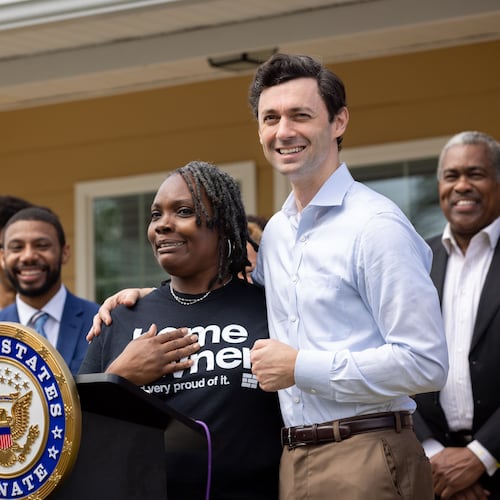Recently, Lisa Williams held a grim 17th birthday party for her son, Christian Taylor, who had killed himself five months before. Christian’s friends and family say he was bullied to death, harassed until he would rather die than go back to Grafton High School in Yorktown, Va.
Christian’s mother is haunted by what might have been: “I kept telling him he needed to go to school. If I had yanked him out of school, he’d be alive today, eating his [birthday] cake.”
Williams had complained to school authorities about one bully in particular, but no one took action. In a school of 1,200 students it’s easy to miss the problems of one boy. Things happen. Now she is suing Grafton High for $10 million.
I thought about Christian while reading an Atlanta Journal-Constitution piece on bullying in public schools. The AJC reported that school officials have done little to enforce Georgia’s anti-bullying law. The best that U.S. Secretary of Education Arne Duncan can offer is anti-bullying workshops of dubious effectiveness, and that DOE’s Office of Civil Rights might sue schools where a bullying victim comes from a protected class (gays and lesbians, and religious or ethnic minorities). This lets politicians claim to have done something, but seems unlikely to help kids.
But in some states, bullying victims have a way out. I recently met with an education policy-maker in a Midwestern state who had sent his son to the public elementary school near his home, where the boy was both bored and bullied. “It got so bad he cried every day and I had to physically force him to get in the car to go to school,” the dad recalled. Instead of suing or calling politicians, he transferred his son to a public charter school, where the boy did well.
In my work in more than 50 public charter schools and two dozen traditional public schools in seven states, I’ve heard variations of that story countless times. An Arizona teen, a recent immigrant, told me she was bullied every day in a well regarded traditional public high school. Alarmed at their daughter’s depression, her parents transferred her to a small, arts-based charter school. “This school saved my life,” she said emotionally. After just two weeks “my parents saw that I no longer cried when I left for school, and I no longer cried when I came home.” In a charter school, the girl found a home.
A Pennsylvania mother told me her daughter “was picked on for being smart” in a traditional public school. “The teachers and administrators say they crack down on bullying, but when the popular kids are bullying they just think it is funny.” Moving her child to a charter school was “the greatest thing we have ever done.”
A national study by the University of Washington confirms my findings. Surveys of school staff indicate that charters are “safer and experience fewer discipline problems than their traditional public school counterparts.”
I want to stress that the research does not say public charter schools are great and traditional public schools are lousy. Though on the whole charters are safer, there are good and bad schools of all types.
What the research does say is that some children who suffer in one school blossom in another. Sometimes, kids like Christian Taylor just need a chance to start over. If Christian had lived in Arizona, which has 566 public charter schools, Pennsylvania, with its 144 charters, or perhaps even Georgia with its 97 charters, I believe he would be alive today.
But Virginia has only four charter schools. Christian had no way out.
Robert Maranto is the 21st Century Chair in Leadership at the Department of Education Reform at the University of Arkansas.
About the Author
Keep Reading
The Latest
Featured


